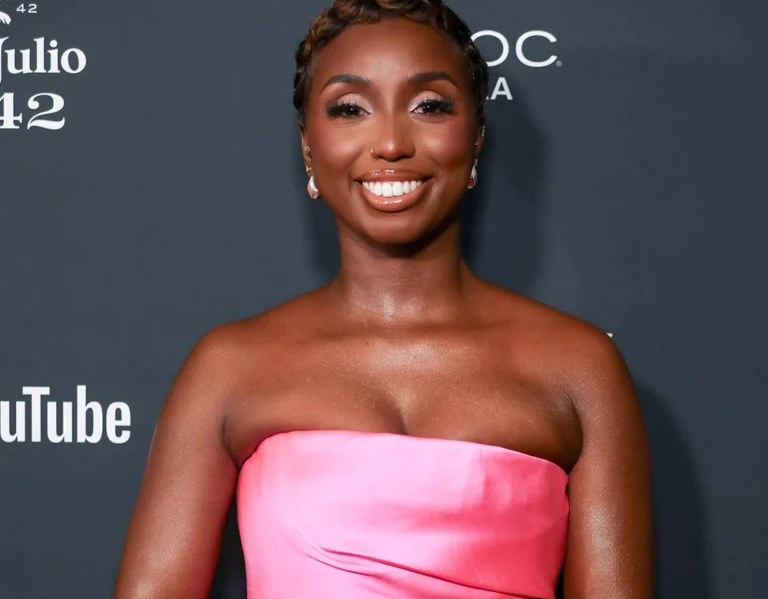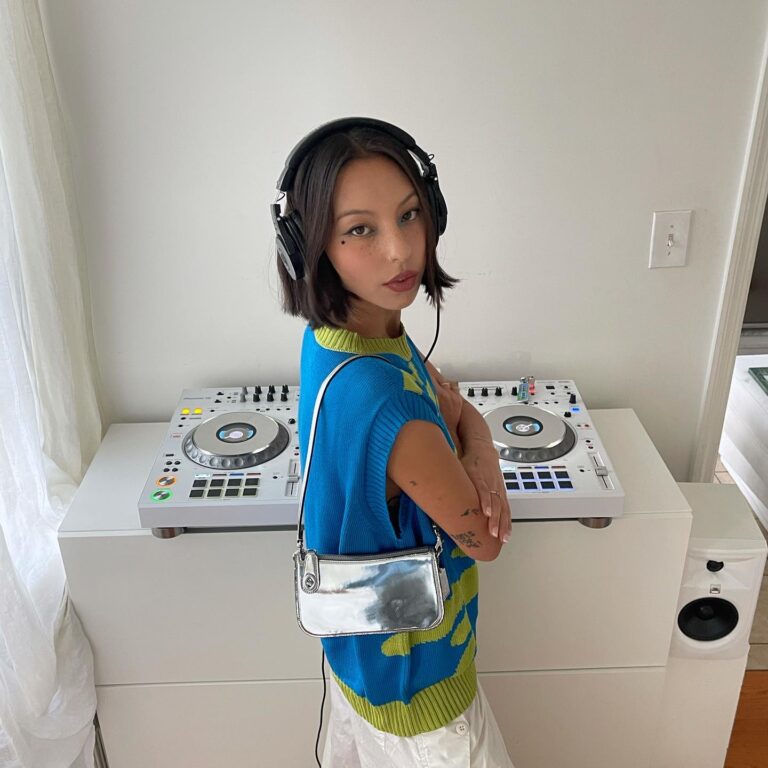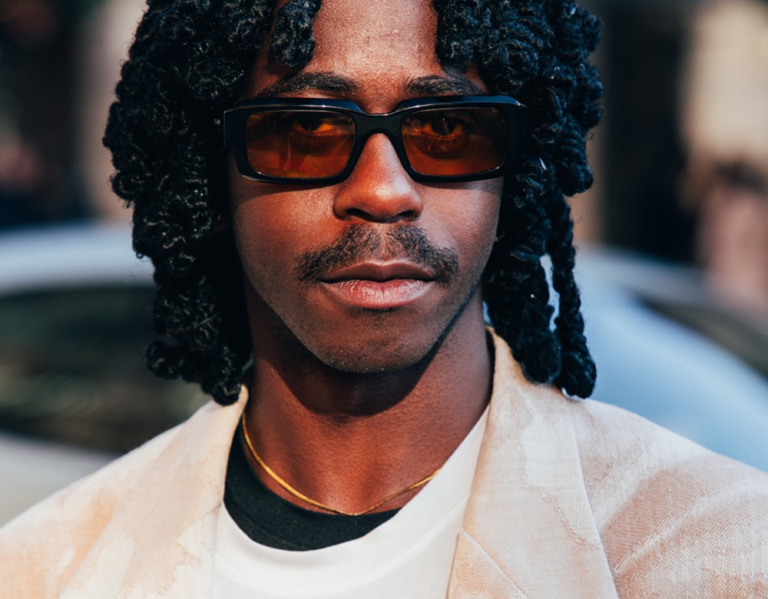Sara Burn, Design, Creative Direction & Management, Kent/London
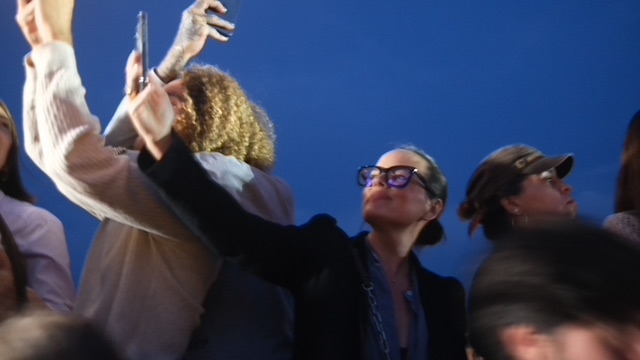
Hey Sara, do you want to introduce yourself?
I’m Sara Burn. I grew up in the Northeast of England, North Shields. I was desperate to get out of the Northeast, which I now feel quite sad about really. I moved to London when I was 18 and started at Wimbledon School of Art. I studied Costume. I completed the first year whilst working because I didn’t have financial support, so I was working at Brixton Academy at night. Then I got a job working at Agent Provocateur as a Saturday girl. They had just opened, so I reckon it was ‘96 or ‘97. I was super creative so I started helping out with the window displays. At that point in time they weren’t designing any of their own range. I could sew, so I’d make knickers out of material the founders would give me and then go downstairs and put them on the shop floor. That’s how designing lingerie started.
How did you learn to sew?
I’d grown up making my own clothes. I’d look at magazines but I couldn’t buy the clothes, so I was wearing lots of vintage and trawling through charity shops, customising and making my own things. It was second nature to me – my grandparents, my grandmother, my mother all sewed. So when I was at AP [Agent Provocateur], Joe would be like, “Can you make a corset?” And I was like, “Funnily enough, I just learnt that at college.” I would work with this teeny, tiny factory in East London. I would go with a little hand drawing that Joe had pretty much done on the backs of cigarette packets, and then we’d have them made and sell them. It was a really tough choice to stop my degree but AP was a great opportunity, and I didn’t have the luxury of money to fund study over working.
"If I'm not learning something, even to this day, if I'm not feeling a little bit out of my comfort zone, then it doesn't feel valuable to me."
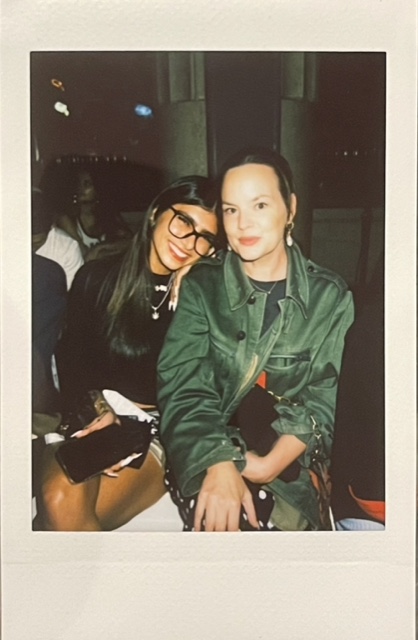
It’s definitely a luxury. It’s also a big part of working in the creative industries, being able to take an opportunity when it comes along.
I mean, from an early age I worked all the time, but my work never really felt like proper work. If I’m not learning something, even to this day, if I’m not feeling a little bit out of my comfort zone, then it doesn’t feel valuable to me. I’m honestly still learning every day, doing new things and meeting new people and understanding other people’s perception and opinions.
How would you define what you do?
I’m a designer at heart and I’m product driven. I’m really interested in innovation. I’m really interested in new ways of doing things and manufacturing. Lingerie suits me really well because not only can I hold it in my hands but I can physically make it and I really understand the female body, not just a model-sized body. I have a huge passion for the history of fashion and I want to try and create pieces that possess the fine hand-finished pieces of the 30s but in a modern, comfortable way. I’m really interested in making great stuff for everybody. I do everything from concept through to building the DNA for a brand, through to manufacturing through to production through to shooting it, and then getting it to the customer, so it’s a full lifecycle of a product. Lingerie is definitely what I’m known for. Agent Provocateur is still selling one of my designs that I created in 2008.
What came after AP?
First time round! I left in ‘99 and I started working at i-D for the shopping editor, Terry. I met her at a house party and I remember just saying how I didn’t feel like I fit into the fashion world at all. I think they liked the way I spoke about clothes. Following that I started assisting Katy England at Dazed & Confused. I was her assistant at Dazed, then AnOther, and at both Alexander McQueen & Givenchy. I did a whole lot at like 19, 20.
I would cut off my hand to have experienced that.
Yeah, it was a lot, especially learning that, when you’re in a creative environment like that, the word no doesn’t exist. All pre-internet! With Lee [McQueen], I worked with him on his research and development for the most part. I spent a lot of time in libraries, I watched a lot of films. I’d photograph stills from films, take them to the developer, print them out, and go to the photocopy shop. Everything was hand done. And then, at the very beginning of the season, we would help him build out themes for the collection. Then they would get on with designing it and around three weeks before the show we would come back in and start looking at styling and helping with research for hairstyles and makeup, with Guido [Paolo] and Val [Garland].
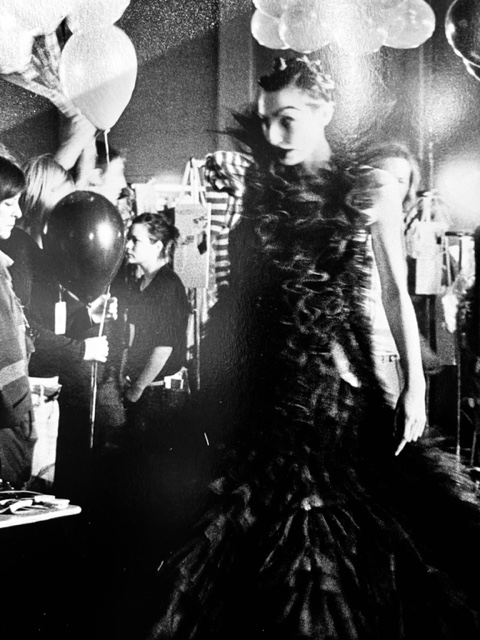
A throughline through all the things you do is research. What’s your process with that?
For me it all really started with music, in terms of my personal reference points. It wasn’t just clothes that inspired me when I was designing collections. It’s music, it’s film, even television. I barely looked at any other designers… I wasn’t looking at current fashion at all.
So, I’m guessing that there was a lot of time you were getting this incredible experience but not making much money?
I had my first daughter when I was 26, so I needed to get a day job. I started working at Marks and Spencer designing underwear, which is where I learned how to technically design the most perfect fitting bra. M&S was my first proper nine-to-five job, we got private healthcare and I was like, “This is nuts.” Then I took all of that information and research on engineering back to AP for my second stint with the brand. In 2010, I got the weirdest phone call from Kanye West who said, “I want you to come and work for me.” And I was like what the actual fuck.
Did you have any interest in that world? As then he was still primarily a rapper and hip-hop artist.
He was just not that cool at that time. He was still wearing those day glo sunglasses. But I was like, Okay, I’ll take the call. I never say no to anything. I talked to him and we got on really well. We started sharing purely visuals. No words were exchanged, but just visual emails, which were just mood board stuff. And I was like, this guy has actually got something, he’s kind of interesting. He was offering me a position of a women’s wear designer, and I was like, Fuck yeah. I’d been purely a lingerie designer but I know that I can design anything if I put my mind to it. The next thing I knew I was on a plane going to meet him. I worked with him for just over a year.
"The way that Kanye works and the way that that Virgil worked was so fucking refreshing, because there was zero gatekeeping."
Was that in LA?
No, mostly in London, but I went on tour with him. I was designing while he was doing the Watch the Throne tour. It was crazy. There were two of us designers, plus an accessories designer, and we literally went on the jet and designed between concerts.
That’s where I met Virgil, because he was part of the same crew. When I stopped working with Kanye, because he relocated to LA as he’d just met Kim, I stayed in touch with Virgil. I did some work with him on his new brand Off White. The way that Kanye works and the way that that Virgil worked was so fucking refreshing, because there was zero gatekeeping. It was all about collaborating. It was all about bringing people in that weren’t necessarily from that particular industry. They would have architecture students or novelists and be recording his music and writing an album and designing a collection and building a house and doing all these things, all in one go. I was just like this is how the creative world should work. We should all be sharing our references and our ideas.
Do you think that’s because they didn’t come from that high fashion background?
In hindsight, I had been treated really badly throughout my career up until that point. I’d taken it but actually it’s just not right. It doesn’t get the best out of people, it doesn’t get the best creativity, it doesn’t get the best end product. I’m really pleased that I see kids of today don’t put up with that the way that we used to. I don’t think it’s as normal.
It’s definitely changed but I think that also, because of social media, some people are just more scared of being called out. There is so much exploitation at different levels of the creative industries. I think the nature of the industry and that lack of regulation will always make that hard to negotiate.
That’s definitely something that I am still seeing for sure, like the exploitation of interns and people not being paid. I was really, really lucky that when I was working with Katy, back in like the late 90s, she always paid me. But lots of people would show up who were being funded by their parents, and then you didn’t get this cross section of really interesting cultural mix, because it was one type of person who was able to do that job, and I still see that today. A lot of people think that’s a problem now but it’s always been a problem. I was Northern and I was from a working class family so I was a weirdo.
There’s still not enough diversity and enough opportunity for kids that don’t go through a degree system. When I was employing interns or assistants it didn’t matter to me whether or not they’d done a degree. If you come into a job at 18 or 19, it’s irrelevant how much education you’ve had because if you’ve got a passion and an instinct. I can tell immediately. Are you curious? Are you instinctive? Are you brave? Do you have ideas? Do you want to be here? Ultimately, that’s how I used to choose people. I would also learn a lot from being in a design setting surrounded by people that didn’t have the same exact path that I’d had because they would expose me to things that I would have never seen and vice versa. Learning that and seeing how fruitful that was, certainly with Virgil, it was just such a joy. It was such a joy to be around kids that just had different lives to each other.
You started working with Virgil.
I helped him with what he would call “underpinnings”. He was really interested in mixing up his streetwear with bodices, or adding lace here, or more overtly feminine fabrics. I was never paid. I would literally be like, I’ll have a bag or I’ll have a jacket or whatever. I’d go in and look at the collection, or I’d send in sketches.
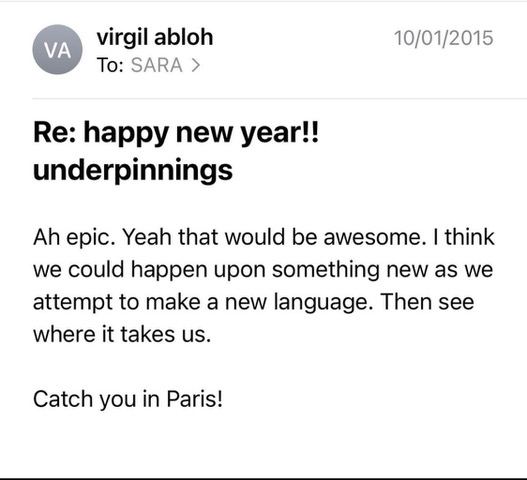
What would you be doing as paid work?
I was freelancing, and my main focus was bringing product lines that didn’t yet exist into brands, mainly swimwear. At any one time, we’d probably have four or five clients that were on a circular system. I can multitask.
How did you learn how to understand those different processes? Was that something you picked up over time?
Yes, but also if you start off working for a really small brand that’s growing, you’re going to see all aspects of the business. If you don’t know something, then ask someone that does. When I started working with Mia [Khalifa] on SHEYTAN she was like, “Have you designed fine jewellery before?” And I was like, “You know what? I haven’t but I’ve designed accessories. We can do this!” I raided my little black book and we launched her brand.
What would you say you do now?
Well, in Covid I retrained as a funeral director. I took maybe 150 funerals over Covid. That was the first job I truly felt that I was good at, and I felt truly thanked for my work. I’m definitely exploring the possibilities of working in that industry as well as fashion. I’m 46. I think in 10 years or something, I think I’m going to be so jaded by fashion. But during Covid I had a huge contract come through and, if I’m really honest, the paychecks are insane in comparison to working at the funeral parlour. I’ve been back working in fashion since 2021, launching SHEYTAN and managing Mia; collaborating with small independent labels and consulting for bigger brands.
"Seeing other people winning really, really fills me with such joy"
What do you enjoy most about what you do?
Seeing other people winning really, really fills me with such joy, like working with Mia and seeing her feeling good about herself and then seeing the success. Seeing little brands like Fruity Booty or Peachy Den grow, or even seeing my ex-assistants thrive in super cool roles (Philip from Les Girls Les Boys is killing it at Gucci right now!) Just being this tiny little miniscule part of that is thrilling. Oh, and seeing people wearing my work! I love that about social media.

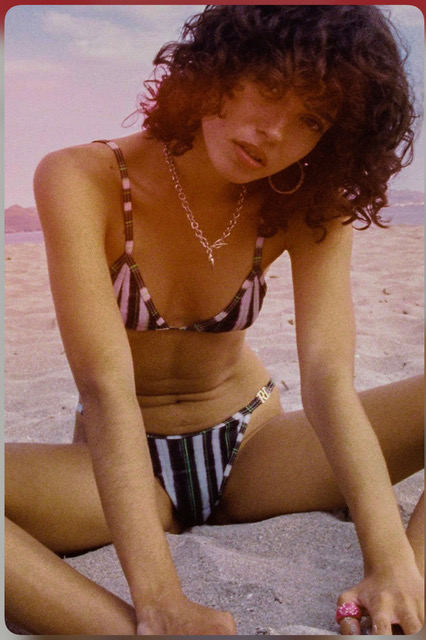
What other qualities or personality traits do you think make someone a strong candidate for this sort of career?
I’ve definitely got Northern grit, that’s for sure. I won’t give up. I don’t really understand the word no, because if you think it then it means that you can make it. And huge amounts of curiosity. The most curious people are my favourite people. Even if it’s not a subject that I have any understanding with, I could talk to anybody or watch weird documentaries on anything if they’ve got these curiosities and interests.
You’ve gone quite in depth about this already, but what are the most challenging things about what you do? What advice do you have?
Use your instinct. And if it doesn’t feel right then it’s never going to be right, and just get out. Genuinely, it’s not worth it. And always ask questions.
- Sara Burn
- Sara & Mia Khalifa, Paris 2023
- Backstage at Alexander McQueen, Paris, 2001
- Emails with Virgil
- Fruity Booty
- Peachy Den
- Sheytan

LATEST THAT MAY INTEREST YOU


